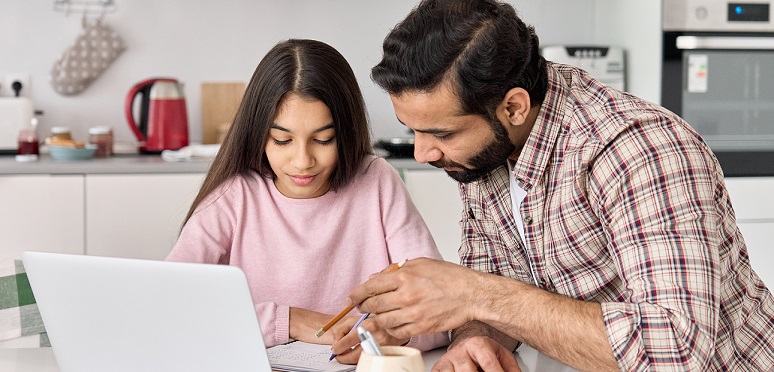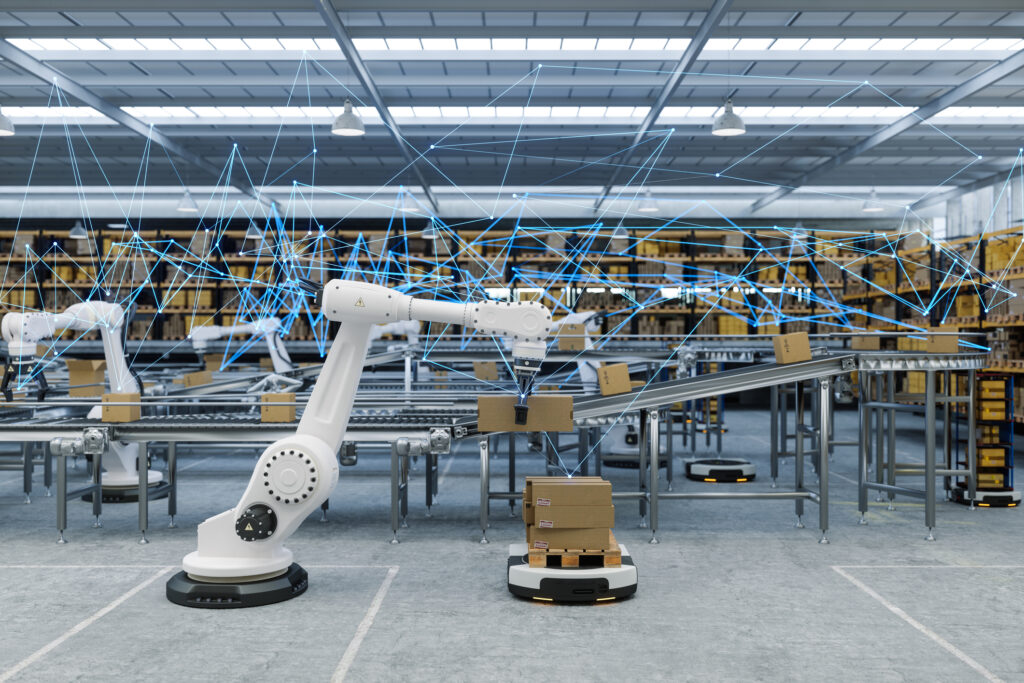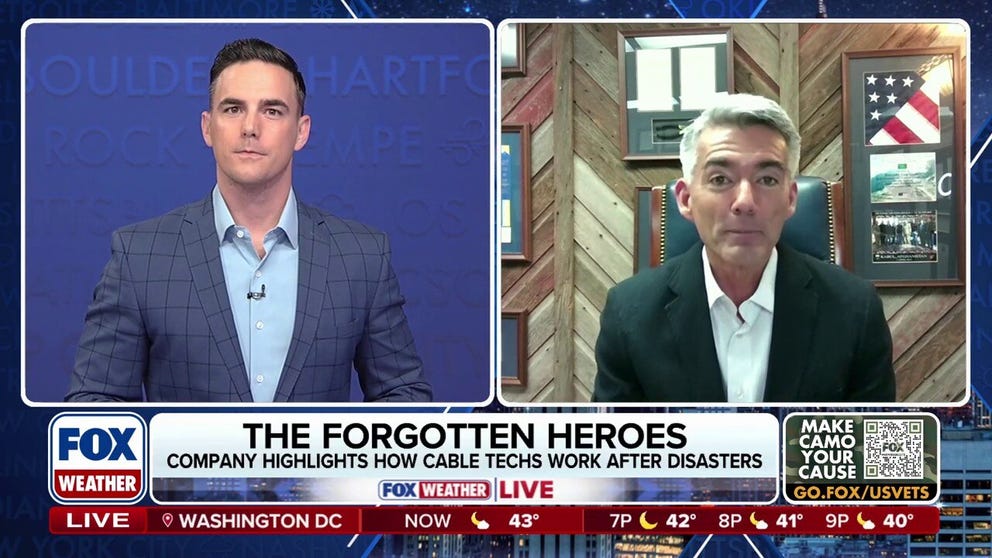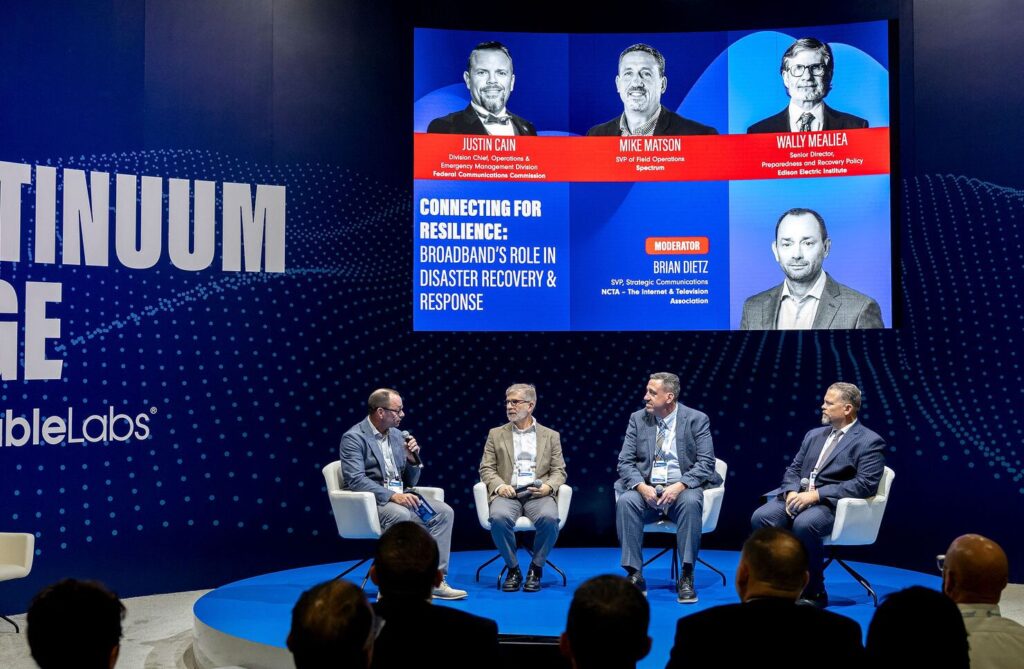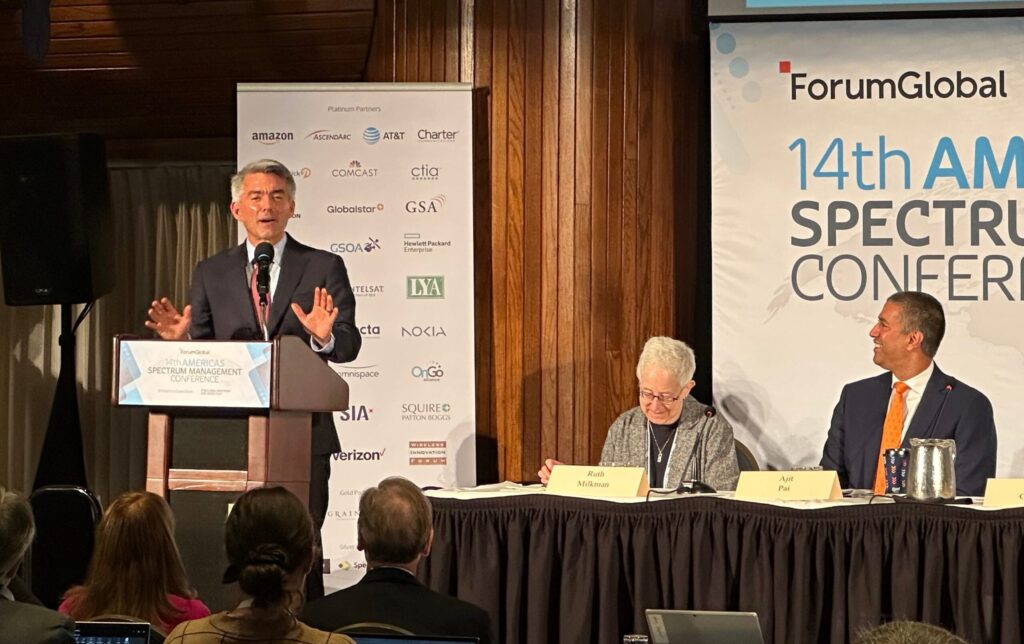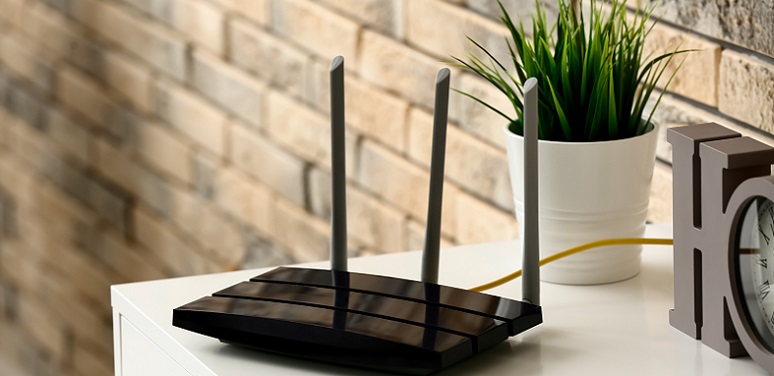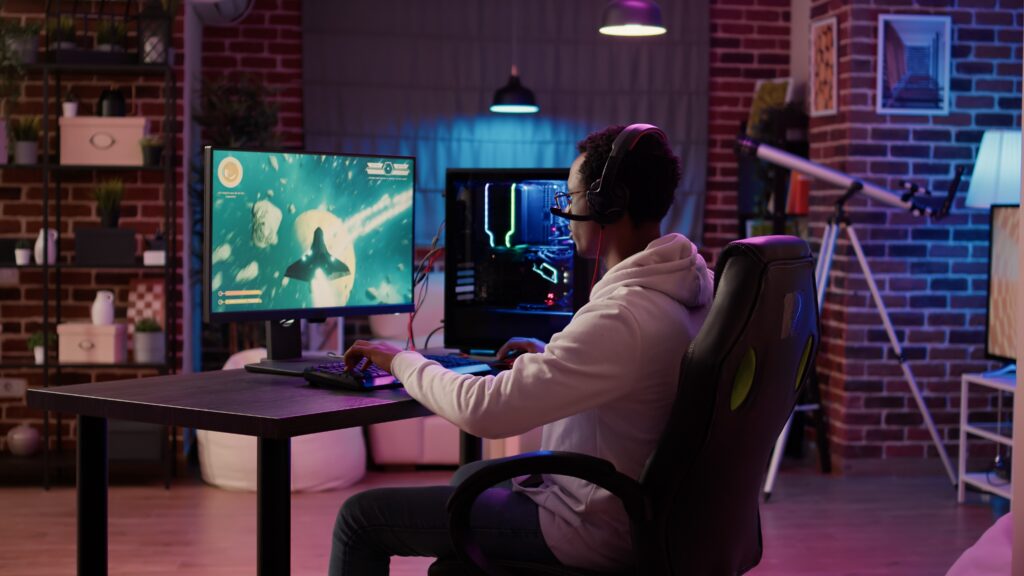America fast approaches its second holiday season with the COVID-19 pandemic still at play, and cable internet service providers (ISPs) continue their work to close the gaps in the digital divide wherever, whenever, and however they can. Leaders in the digital equity space spoke earlier this week at the Family Online Safety Institute’s annual conference about the great work that took place to help remedy this situation over the past 20 months, and the work that remains to done to resolve this issue.
Nowhere was the digital divide more visibly prominent at the onset of the pandemic than in America’s students, when schools shifted to online learning. According to a Common Sense Media and Boston Consulting Group study, nearly 16 million students didn’t have connectivity at home when the pandemic began. The silver lining, however, is that within the first semester of the pandemic, that number dropped to 12 million. A lot of that was thanks to ISPs, schools, and community organizations as they partnered to identify those unconnected student households and to offer them free or low-cost broadband. And as the pandemic raged on, more success stories came out about students gaining connectivity in their homes for the first time.
Comcast has been a huge player in this movement to close the digital divide for low-income communities and underserved populations with its signature digital equity initiative, Internet Essentials. In fact, Internet Essentials has connected more than 10 million people to the internet over the past decade, and the program continues to expand to reach even more families. Qualifying households can receive a broadband subscription at a low or no cost to them. But, as Comcast Executive Vice President of Public Policy & Digital Equity Broderick Johnson explained, adoption, or “awareness for what exists, and the impact of what exists when an individual family is able to take advantage of the broadband access that is available to them,” has been a huge challenge for the ISP and communities nationwide.
The other panelists agreed, adding that this problem requires the involvement of many stakeholders to resolve. “Adoption has to be built into our programs. The nonprofits in the communities [for example]. One of the measurables should be that they help with adoption,” remarked Antonio Tijerino, president and CEO of the Hispanic Heritage Foundation. Tijerino further cited research from Pew that revealed that 65% of Latino households have high-speed internet in the home, compared to 80% of white households. Similarly, only 67% of Latinos reported owning a computer at home compared to 80% of white adults. These figures also correlate with annual household incomes, with those earning $50,000 or less being the least likely to have broadband in the home.
John Windhausen Jr., executive director of the Schools, Health & Libraries Broadband Coalition, commented, “Comcast has done great things with Internet Essentials. I know there are other providers that have their low-income programs available too and that has been going on for a decade. That is to be commended. But that hasn’t solved the problem alone. You need to activate the schools and libraries. We can really provide another vantage point for solving this problem.” Windhausen Jr. is an advocate for open and affordable high-speed broadband connections for community anchor institutions, which include schools and libraries.
ISPs including Comcast, Charter, Cox, GCI, and Mediacom have long partnered with numerous schools, local governments, nonprofits, businesses, and foundations within their footprints to either expand their broadband networks, encourage broadband adoption, donate digital equipment and technology, and to offer digital skills trainings and workshops.
As Johnson shared during the panel, in addition to its ongoing Internet Essentials program, Comcast launched the Lift Zones initiative last year to further provide opportunities for school districts and other organizations to fund and quickly connect large numbers of students and families to broadband access at home. Then earlier this year, the ISP made a $1 billion commitment to reach an additional 50 million Americans over the next 10 years through its Project UP initiative. As well, this past September, Comcast made a donation of over 25,000 laptops with connectivity to low-income households in cities across the country including Philadelphia, Baltimore, Atlanta, and Detroit. The company also expanded eligibility for its low-cost monthly plan through Internet Essentials to Federal Pell Grant recipients.
To sum it all up, “The key to success has been to unpack the program from multiple angles because it is a multidimensional problem,” Johnson emphasized. “We are serious about closing the digital divide. The answer must be all of the above,” he added, referring to remedying the many issues that act as barriers to broadband access in the home.
With the recent signing of the Infrastructure Investment and Jobs Act, the cable industry together with its partners and communities nationwide are hopeful that this will open up more opportunities for collaborative efforts aimed at connecting millions of more households across America to a high-speed broadband connection.

